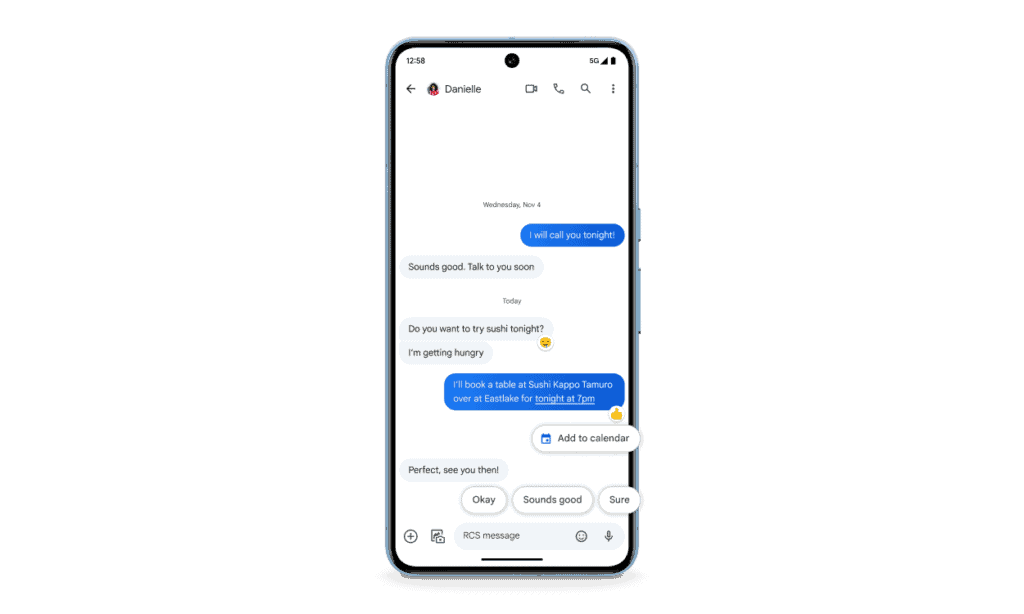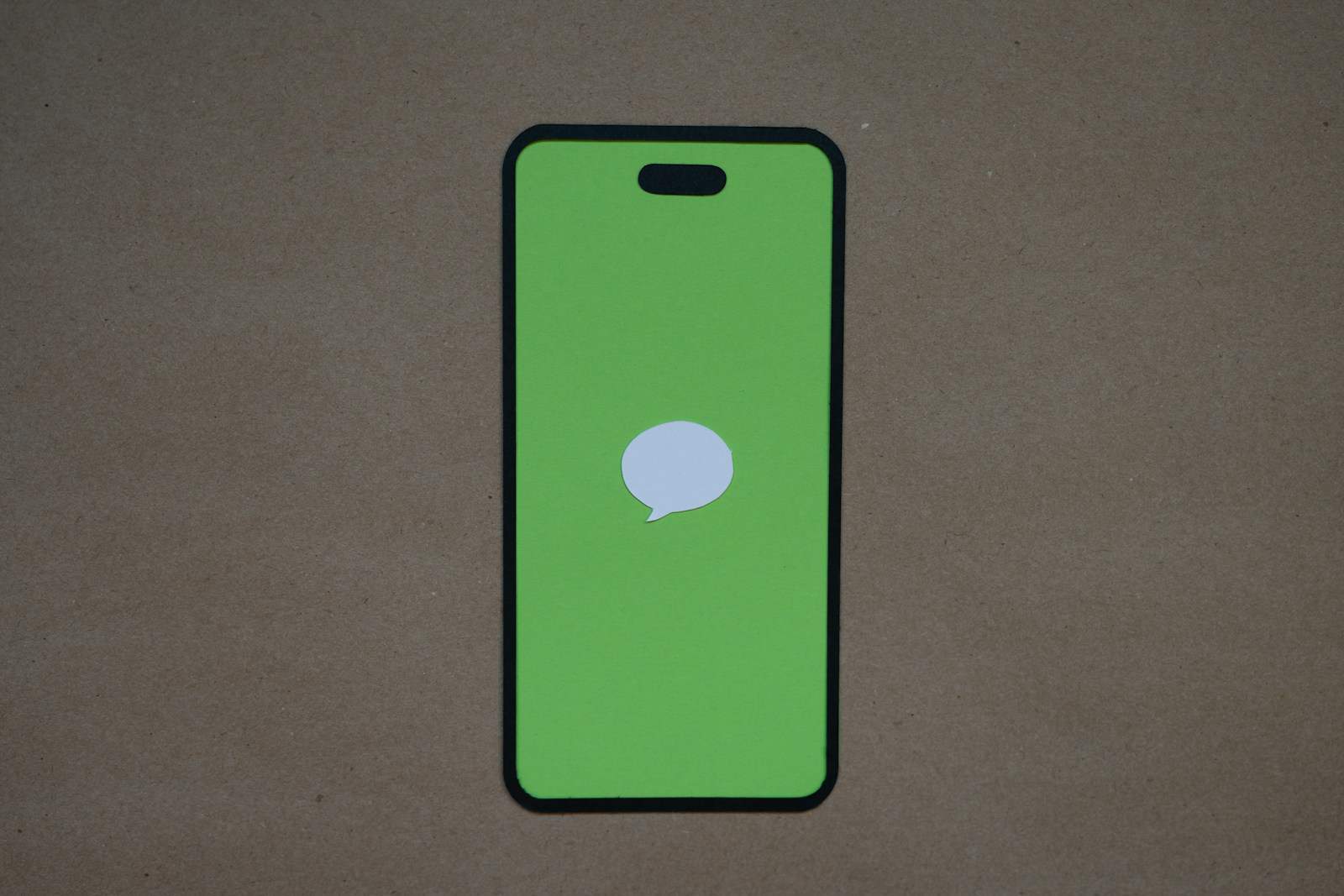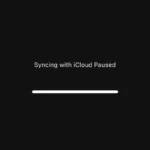Sending messages between iPhone and Android devices is set to improve significantly with the introduction of Rich Communication Services (RCS). This development will help bridge the long-standing divide in messaging experiences. RCS offers enhanced capabilities that were previously limited to conversations within the same operating system ecosystem. As a result, clarity and multimedia sharing will become more consistent across platforms. RCS aims to upgrade the standard messaging protocol, overcoming the limitations of traditional SMS and MMS. With this advancement, integrating RCS into iMessage will simplify interactions between iPhone and Android users. Text exchanges will provide a richer experience, ensuring consistency that simpler text messages could not achieve.

Improving Cross-Platform Messaging
Apple’s decision to support Rich Communication Services (RCS) in iOS starting in 2024 means big changes are coming. It marks a huge step towards a more seamless messaging experience between iPhone and Android devices.
What is RCS?
RCS is like the next generation of SMS. It’s an improved messaging standard supported by many carriers and Android devices. With it, you’ll see features like:
- Typing indicators: See when the other person is typing.
- Read receipts: Find out if your message has been read.
- Higher quality media: Send crisper photos and videos.
- Group chat enhancements: Enjoy better group conversations.
- Wi-Fi and data support: Messages send even without cellular service.
How Does this Impact iPhone and Android?
Before RCS, texting between iPhones and Androids often meant frustration:
| Feature | iMessage Supported | Android Supported (Pre-RCS) |
|---|---|---|
| Typing Indicator | Yes | No |
| Read Receipts | Yes | No |
| High-Quality Media | Yes | Compression, reduced quality |
| Smooth Group Chats | Yes | Less reliable |
With RCS support in iMessage, most of these issues disappear. Messaging between iPhone and Android finally feels smoother and more consistent.
Is this the End of Green Bubbles?
While RCS vastly improves things, the “green bubble” phenomenon won’t entirely go away. iMessage has exclusive features Apple won’t be bringing to RCS, at least not immediately. These include things like:
- End-to-end encryption across all Apple devices: RCS encryption varies.
- Effects and stickers: The fun visuals of iMessage.
- iMessage apps: Games and other mini-apps within Messages.
A Big Step Forward
Apple’s RCS adoption won’t make iPhones and Androids identical. However, it’s a major move for better communication across two of the biggest mobile platforms.
Key Takeaways
- RCS integration into iMessage improves cross-platform communication.
- The new standard offers features beyond traditional SMS and MMS.
- This advance aids in unifying messaging experiences between iPhones and Android devices.
Evolution of Messaging Standards
Messaging has come a long way, evolving to create better connections between people. This section explores how texting moved from simple SMS to the more sophisticated RCS, and the part major companies play in this progress.
From SMS and MMS to RCS
In the beginning, text messages were mostly sent through SMS (Short Message Service) which allowed for basic text-based communication. Soon, MMS (Multimedia Messaging Service) came into play, letting people send images, videos, and audio. Now, the new standard on the block is RCS (Rich Communication Services). RCS upgrades the traditional messaging experience with features like read receipts and the ability to send larger media files, creating a richer form of communication.
| Feature | SMS | MMS | RCS |
|---|---|---|---|
| Text Only | Yes | No | No |
| Multimedia | No | Yes | Yes |
| Read Receipts | No | No | Yes |
| Group Chats | No | Yes | Yes |
| High-Quality Media | No | Limited | Yes |
The Role of Major Players
Big tech companies have a key role in how these standards are applied and adopted. Apple and Google are prime examples. Google has championed RCS, pushing for its adoption across Android devices to create a unified messaging experience similar to what Apple users enjoy with iMessage. RCS aims to replace SMS and MMS standards on Android with a more modern messaging system. Apple’s participation is crucial because it helps avoid the “green bubble” issue, where iPhone texts turn green instead of blue when sent to non-Apple devices. The move towards RCS support shows a commitment to interoperability between iPhone and Android users, greatly improving the messaging experience for everyone.
Major industry groups like the GSMA, which is made up of carriers and related companies, and GSMA members like Samsung, have supported this move. They promote the Universal Profile, a set of standards that ensures RCS works well across different devices and networks. This support is important to avoid fallback to older SMS or MMS when one of the parties does not support RCS, ensuring that all users can enjoy consistent service.
iMessage and Android Integration
Integration between iMessage and Android has been an ongoing challenge but recent developments show promise for a more connected future.
Challenges and Strategies
iOS and Android operate on different platforms, which historically led to hurdles in messaging. With iMessage, iPhone users enjoy features like read receipts, full-resolution media sharing, and group chats that were exclusive to them and other Apple device users. Android counterparts often felt left out, noticeable by the ‘green bubble’ in iMessage chats. However, the RCS Universal Profile is a game-changer; it brings features similar to iMessage to Android users through Google Messages. Efforts like AirMessage and Beeper also strategize to link Android to iMessage, though with limitations.
Google has extended RCS support through its service called Jibe, which enhances messaging over cellular networks like LTE and 5G. It supports functions like larger file transfers, typing indicators, and improved group messaging. While RCS improves Android’s messaging capabilities, it does not fully integrate with iMessage directly. Efforts are focused on making the user experience of messaging platforms as similar as possible, which involves strategies to improve interoperability. Factors like security and encryption remain paramount, as iMessage provides end-to-end encryption, a feature RCS is still working to implement across all networks.
Future of Cross-Platform Messaging
The future of messaging between iOS and Android looks brighter with the potential adoption of RCS by Apple. This would significantly enhance the cross-platform user experience and interoperability. While Apple has not fully committed to RCS integration, industry moves suggest an openness to improving the cross-platform messaging experience. The transition to RCS would mean Android and iPhone users can share high-quality photos, reliable group chats, and see read receipts over Wi-Fi or data, without the OTT services. It’s a step towards creating a unified, rich communication experience for all users, regardless of their device.
Frequently Asked Questions
This section answers common queries regarding the integration of RCS messaging in the iMessage ecosystem and its interoperability with Android.
What are the compatibility issues between iMessage and Android RCS?
iPhone users enjoy seamless messaging with iMessage, but Android users have faced challenges interacting with this service. Prior to RCS, texts sent from Android to iPhone would revert to lower-quality SMS standards. With RCS implementation, the quality of communication across platforms seeks to improve making it more cohesive.
How can I send RCS messages from Android to an iPhone user?
To send RCS messages from Android to iPhone, the iPhone user must have the latest iOS update that supports RCS. Once both devices support RCS, Android users can send messages as usual, and they will be transmitted over the RCS protocol allowing for richer texting features.
What are the benefits of using RCS over traditional SMS?
RCS provides a more advanced messaging experience compared to SMS. It allows users to send high-resolution photos and videos, see read receipts, and type indicators. RCS also supports better group messaging capabilities, branding the user experience more comfortable and efficient.
What steps has Apple taken to integrate RCS messaging into iPhones?
Apple has implemented RCS support in its latest iOS release. This allows iPhone users to exchange multimedia messages and receive read receipts even when communicating with Android devices supporting the RCS standard.
Can Android users view iMessage reactions, and if so, how is this achieved through RCS?
The RCS update aims to allow Android users to view iMessage reactions. Through RCS, reactions to messages can be displayed seamlessly across both platforms, further unifying the communication experience.
Are there any limitations to sending media over RCS between Android and iPhone users?
When sending media over RCS, the quality and size might still be subjected to carrier limitations or network conditions. However, RCS generally supports larger file sizes and higher resolution media compared to SMS, improving media sharing between Android and iPhone users.






